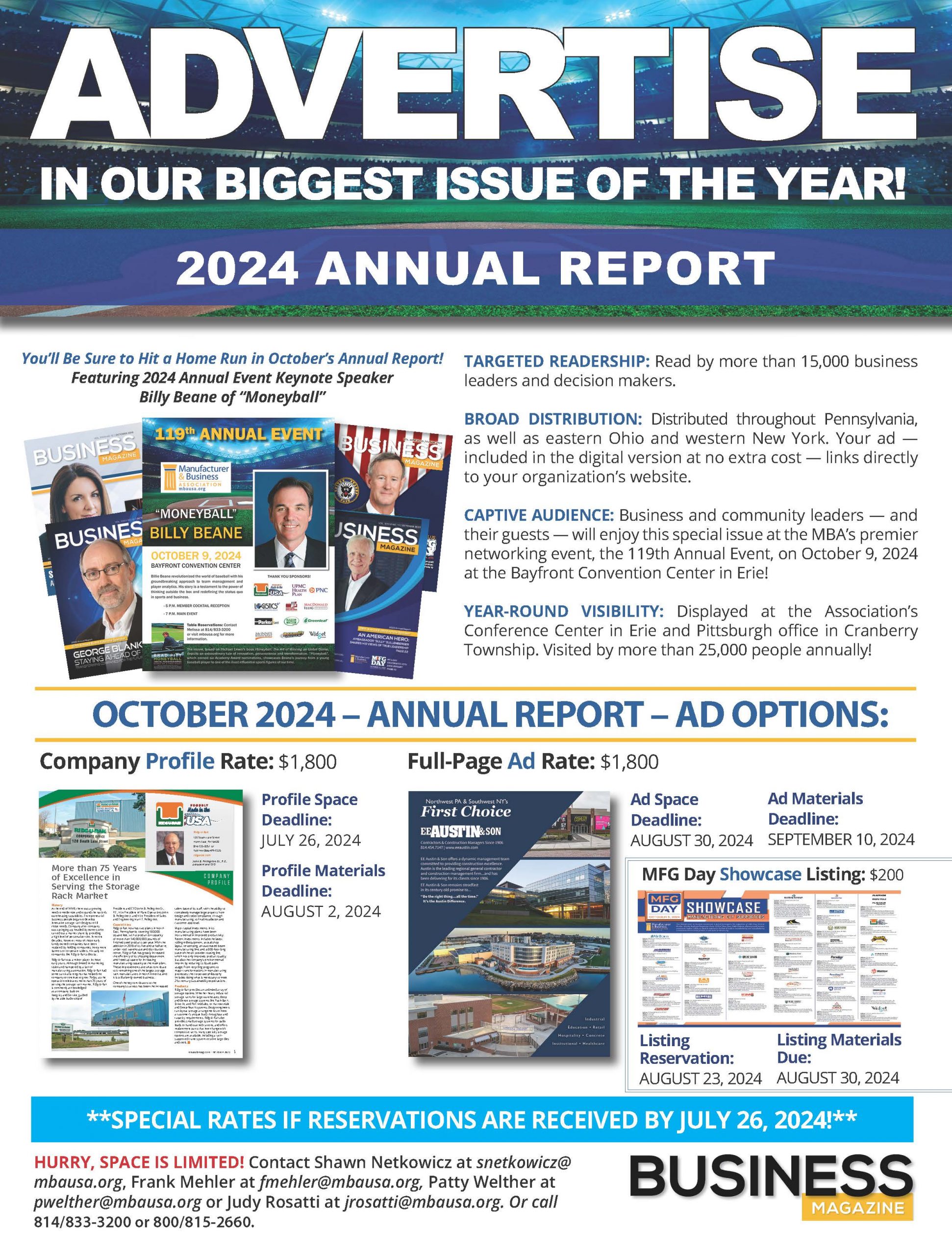Look Into It Before Paying Your Q1 Payroll Taxes
Brian Cressman is an associate and a member of MacDonald Illig’s Business Transactions, Trusts & Estates, Real Estate, and Education Law Practice Groups. He advises for-profit and nonprofit corporations and companies of all sizes on corporate and transactional matters.
On December 27, then-President Donald J. Trump signed into law the Consolidated Appropriations Act of 2021 (the “Act”), which included a number of new COVID-19 relief provisions and updates to prior relief legislation. Among the changes in the Act was an overhaul of the Employee Retention Tax Credit (“ERTC”) — a tax credit against quarterly payroll taxes in the CARES Act designed to incentivize and reward employers for retaining their workforce despite disruptions in business due to COVID-19.
The ERTC has previously been underutilized due to the popularity of the Paycheck Protection Program (“PPP”) and a prohibition in the CARES Act on claiming the ERTC if a business received a PPP loan. However, after the changes to the ERTC and PPP in the Act, that prohibition has been abolished retroactive to enactment of the CARES Act, meaning that businesses that received a PPP loan may now turn back the clocks to claim the ERTC for quarters in 2020 and claim the expanded ERTC for Q1 and Q2 in 2021, if eligible.
A business qualifies for the ERTC: 1) for any quarter if its operations have been fully or partially suspended pursuant to a government order, 2) for Q2-Q4 in 2020, if the business has experienced a drop in gross receipts of 50 percent or more compared to the same quarter in 2019, and 3) for Q1-Q2 2021, if the business has experienced a drop in gross receipts of 20 percent or more compared to the same quarter in 2019.
Once meeting one of the eligibility requirements for a particular quarter, the business may claim the ERTC, which is equal to a percentage of qualified wages, plus the cost to continue health- care benefits, over the time period that the business is eligible. For 2020, the ERTC is equal to 50 percent of qualified wages up to $10,000, or a credit of up to $5,000 per employee. Whereas, for 2021, the ERTC is 70 percent of qualified wages up to $10,000 per quarter, or a credit of up to $7,000 per employee per quarter.
For 2020, employers with 100 or fewer full-time employees (“FTEs”) can include wages paid to employees regardless of whether the employees were performing services or not. So if a company was shut down, but continued to pay employees that weren’t working, it can include those wages. For 2021, the threshold is increased to 500 or fewer FTEs.
Even though PPP borrowers are now eligible retroactively for the ERTC, the
PPP non-duplication rules still apply. Therefore, businesses cannot claim the ERTC for payroll costs that were forgiven expenses under the PPP. However, to the extent a business paid qualified wages in excess of its PPP loan, and it otherwise qualifies for the ERTC, the business should be able to claim the ERTC for eligible quarters in 2020.
The changes to the ERTC are significant for employers big and small. If you received a PPP loan in 2020, the ERTC may have slipped past you at the time. However, now that the ERTC has been expanded retroactively and going forward, businesses that received PPP loans must look into this new avenue of relief, especially as your quarterly payroll taxes for Q1 2021 are coming due soon.
If you have any questions pertaining to the ERTC, CARES Act, or any pandemic assistance program as it relates to your business, please contact an attorney at MacDonald Illig at 814/870-7600.












